all photos by Larry A. Stone
QUIET!
That’s the first word that popped into my head as I stepped out into the pre-dawn fog.
The waning Super Moon hung overhead in a blue sky, but our woods lay shrouded in misty white.
If it had been spring, I’d have tuned my ears for turkeys gobbling, field sparrows singing, or pheasants crowing. Now, however, nothing . . . until a distant cardinal gave his wake-up call: Cheer! Cheer! Cheer! . . . Birdie-birdie-birdie!
The whistle beckoned me toward the river, although the fog blanket hid the water. Before I could reach the edge of the bluff, a startled deer snorted, then bounded away. Buck or doe? Seeing only the white flash of a tail disappearing into the morning shadows, I couldn’t decide.
Here and there, an occasional white snakeroot or blue tall bellflower accented the otherwise green woodland floor. What a striking change from last spring, when pastel ephemerals such as bloodroot, spring beauty, and rue anemone dotted the past winter’s dead, brown leaves.
I only needed to retrace my steps back to our reconstructed prairie to find more variety:
White culver’s root and rattlesnake master; purple prairie clover and blazing star and bergamot; yellow compassplant and grey-headed coneflower; orange butterfly milkweed; creamy bush clover. The prairie starts blooming in April, with new species coming into flower every week. Some – like the prairie false indigo – already have shed their flowers and formed black seed pods. Others – like gentians – won’t bloom for another month or more
That progression assures insects a steady food supply. Last month, I’d found monarch caterpillars munching on butterfly milkweed leaves, and monarch butterflies nectaring on pale purple coneflowers. What caught my attention today was the buzzing of bumblebees probing bright-yellow partridge pea blossoms
The goldenrods have just started to open their flowers – and they should be abuzz with activity for several more weeks. In his book “In a Patch of Goldenrods,” retired science teacher Larry Weber urges his students and others to “get out in a patch of goldenrods near your home, and take a look at the amazing diversity of insect life found on these late summer beauties.” And, no, goldenrod pollen does not cause hay fever, Weber said. It’s too heavy to blow on the wind, so must be carried by insects. Ragweed spreads the pollen that makes you sneeze.
Insects aren’t the only creatures who need prairie plants. In their book, “Wildflowers of the Tallgrass Prairie,” Sylvan T. Runkel and Dean M. Roosa told how Indigenous Iowans and European settlers used plants for medicinal purposes. Potions of rattlesnake master, for example, are used to treat everything from sexual disfunction to hemorrhoids to muscle pain
Culver’s root is used as a remedy for liver problems, is thought to be a mild laxative, and supposedly would dissolve kidney stones
We may be captivated by the colorful forbs, but some prairie grasses also can have beautiful flowers – if you take the time to look closely. From a distance, clumps of side-oats gramma may seem drab. But tiny red and yellow blooms, jewel-like, line the stem.
As summer wanes, the big and little bluestem and Indiangrass will begin to turn prairie expanses a subtle shade of purple. Breezes rippling those grassland paint a regal sign of autumn.
As much as I enjoy prowling the prairie, I tear myself away to run errands in town. I don’t lament the short drive, however, because it’s fun to anticipate what I might encounter on our winding, scenic roads. A hen turkey and her brood reluctantly duck off the gravel into the ditch – no doubt upset at me for interrupting their morning sun-bathing.
A row of pale blue chicory lines the roadside. A weed? Admittedly, it’s not a tallgrass prairie native. European settlers brought the edible plant with them for greens and as a coffee substitute. Although it’s an alien, chicory grows mostly in poor soil – such as roadsides – so I consider it pretty, and not really a pest.
As the day grows hotter, we humans may wilt and sweat and retreat to the air conditioning. The prairie, on the other hand, seems to thrive on the sunny warmth. Compassplant and sunflower blossoms follow the sun.
As dusk falls and the cool(er) evening lures us back outdoors, the cardinal again greets us - this time with a few good-night CHEERS before falling silent. But the stillness soon is broken by one, then a chorus, of Katy-did, Katy-did, Katy-did-it. The crickets join in to harmonize with a background twirr.
Quiet?? Day or night, the voice of the prairie sings to anyone who listens.
Thanks to the Iowa Writers’ Collaborative for reconnecting me with several old friends from my 25 years as outdoor water/photographer with the Des Moines Register from 1972 to 1997. Plus the group has helped me discover the talents and insights of a new (to me) set of writers. I‘m looking forward to sharing my Iowa roots, memories, observations, frustrations, and joys with those folks - and with readers.
I come at this endeavor as an Iowa farm kid who has never outgrown playing in the “crick.” I believe that every kid should have that same opportunity to go outside and get muddy. And I can easily wax nostalgic about the wild places we have lost in my seven-plus decades on this planet. For more about where those times, people, and adventures have led me, here’s a link to my website.
Listening to the Land is a reader-supported publication. To receive new posts and support my work, consider becoming a free or paid subscriber.
To see commentary by some of Iowa’s best writers, please follow your choice of Iowa Writers’ Collaborative members:

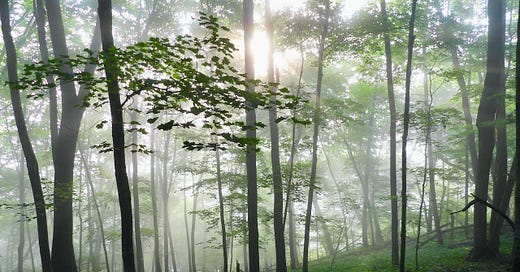




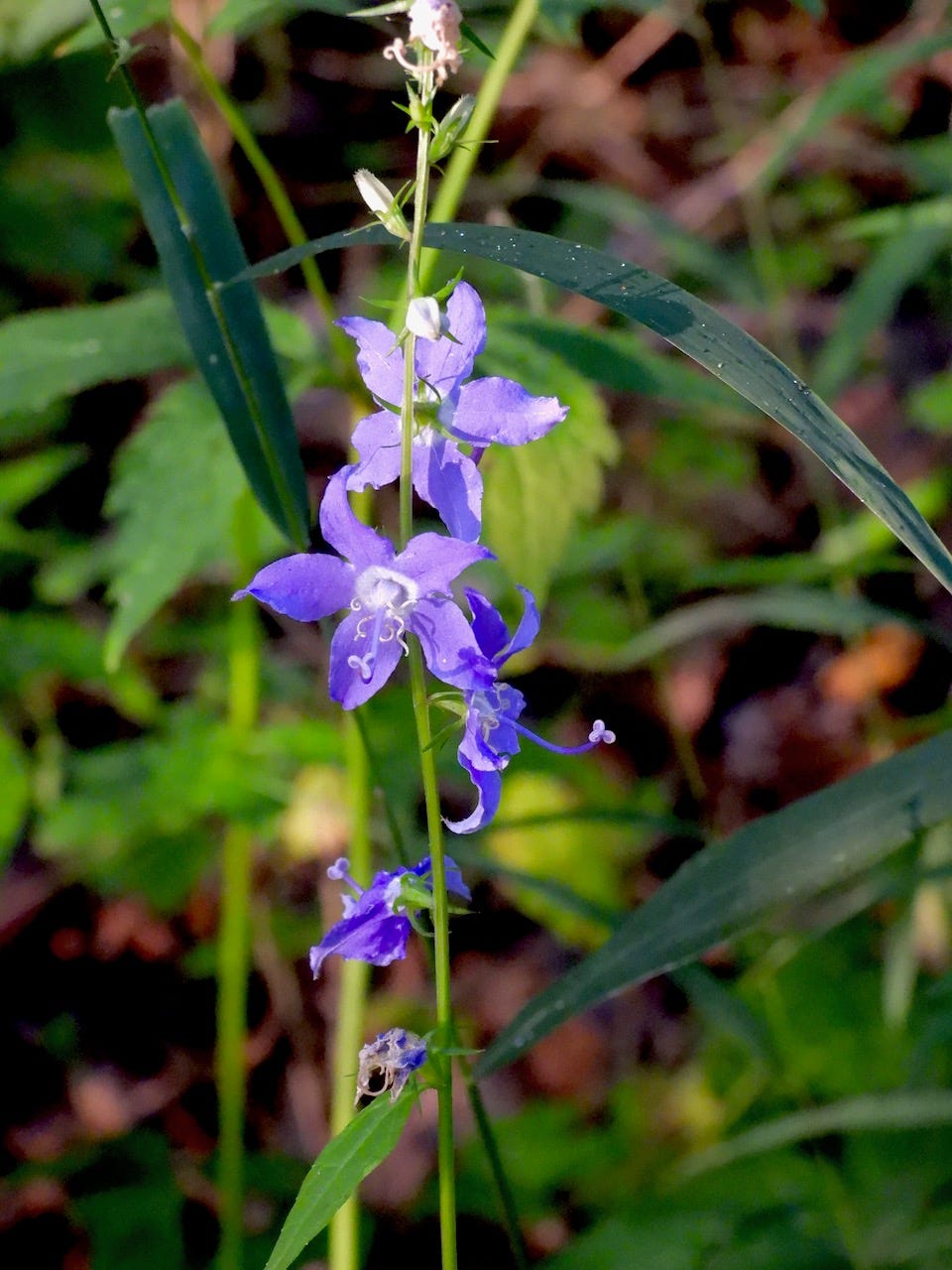
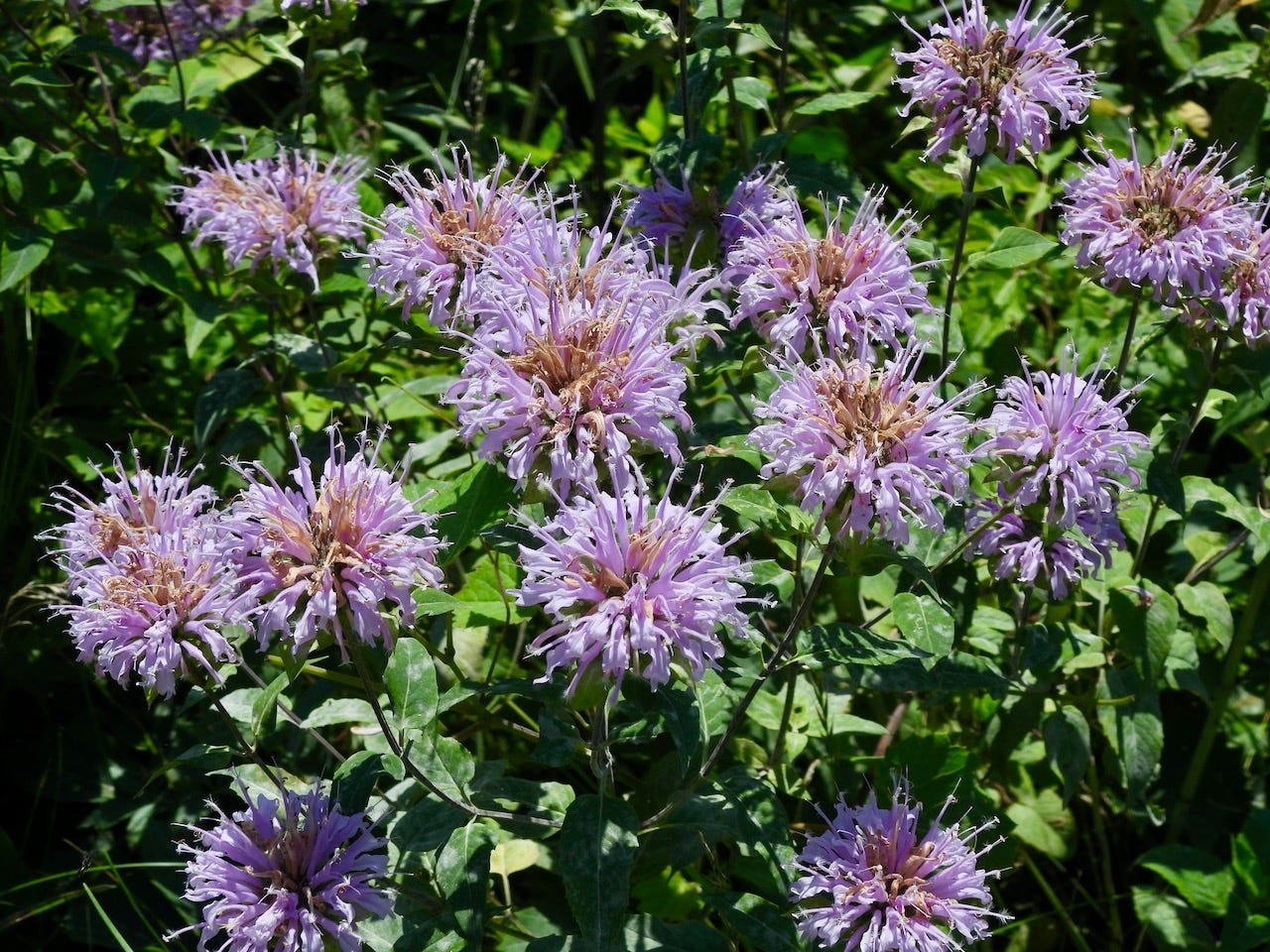
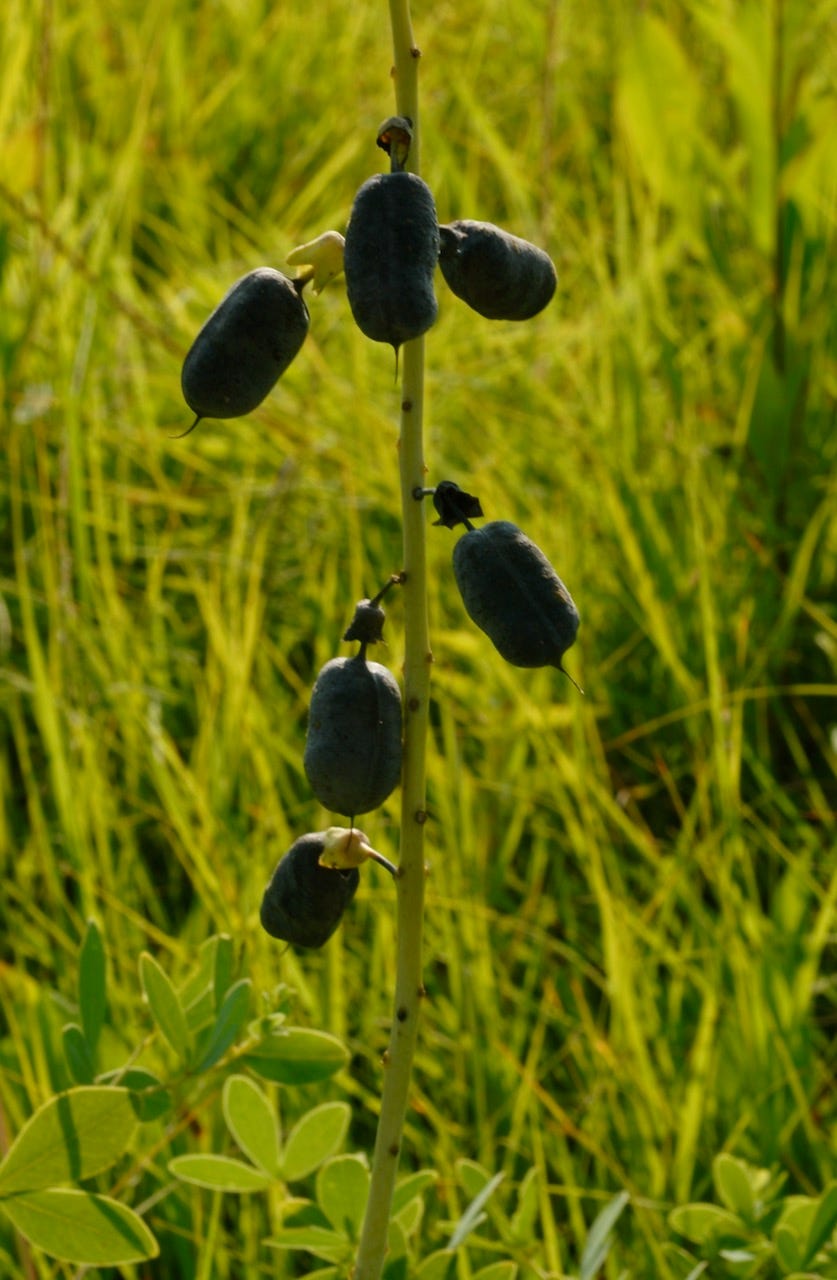
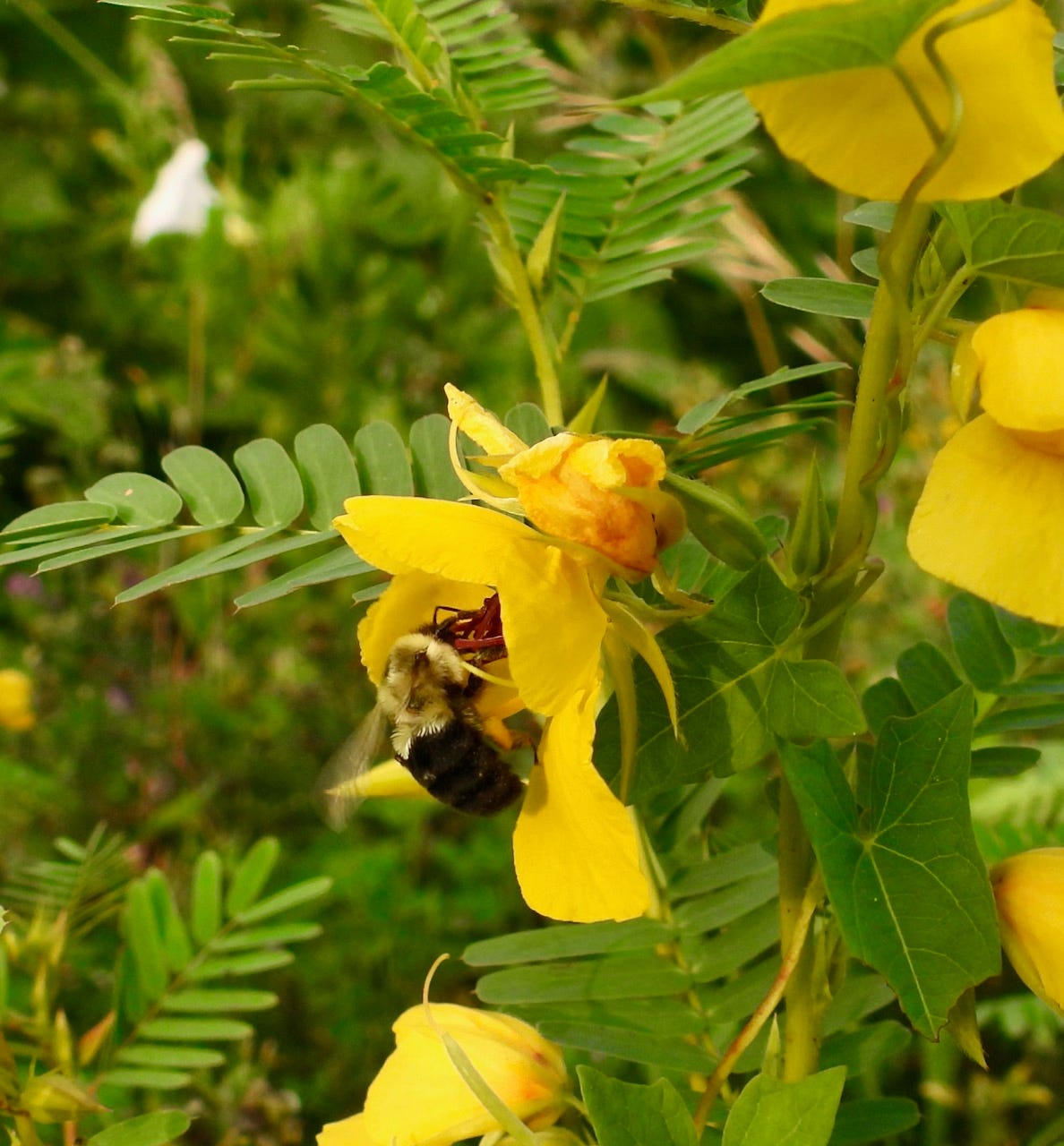
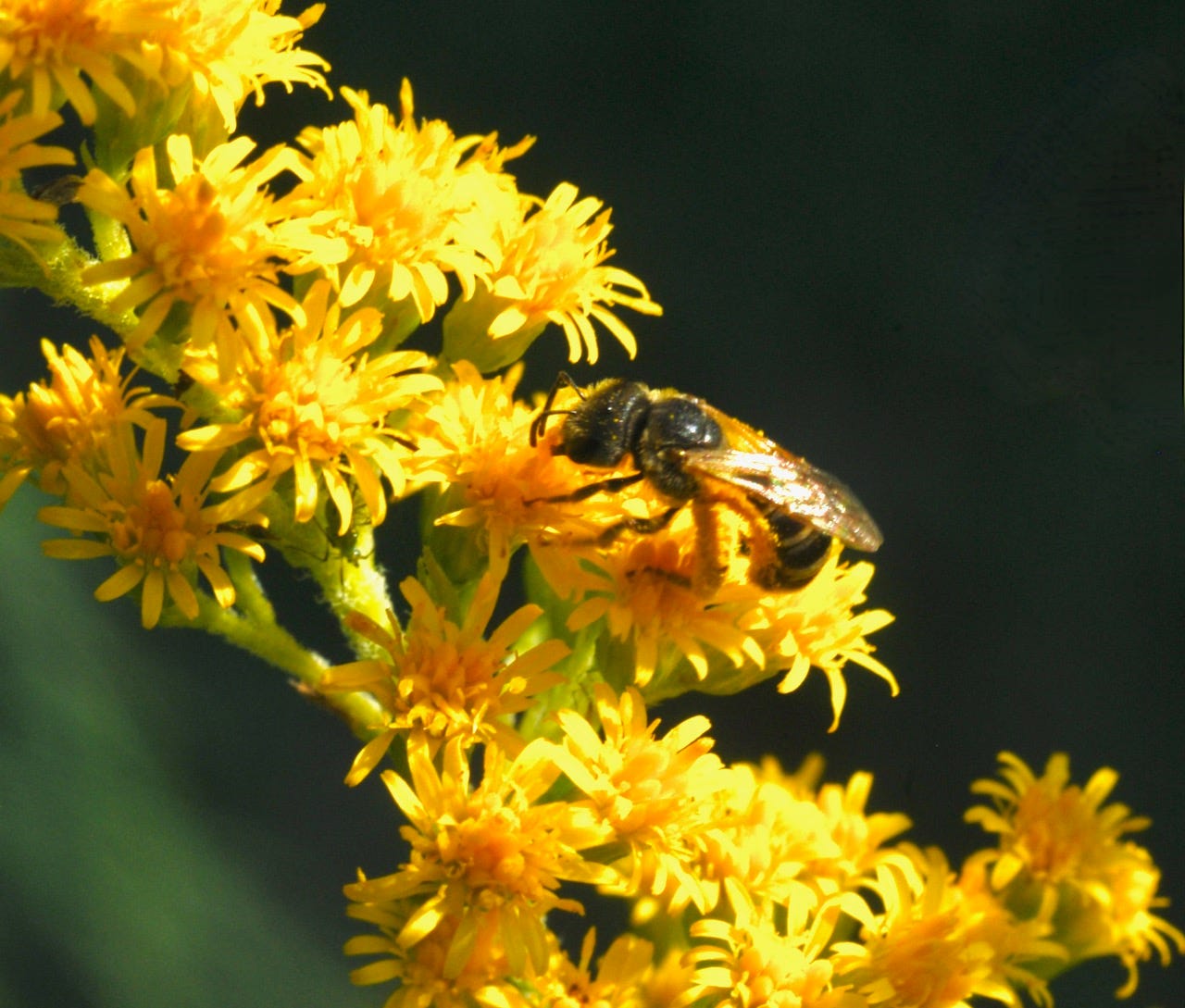
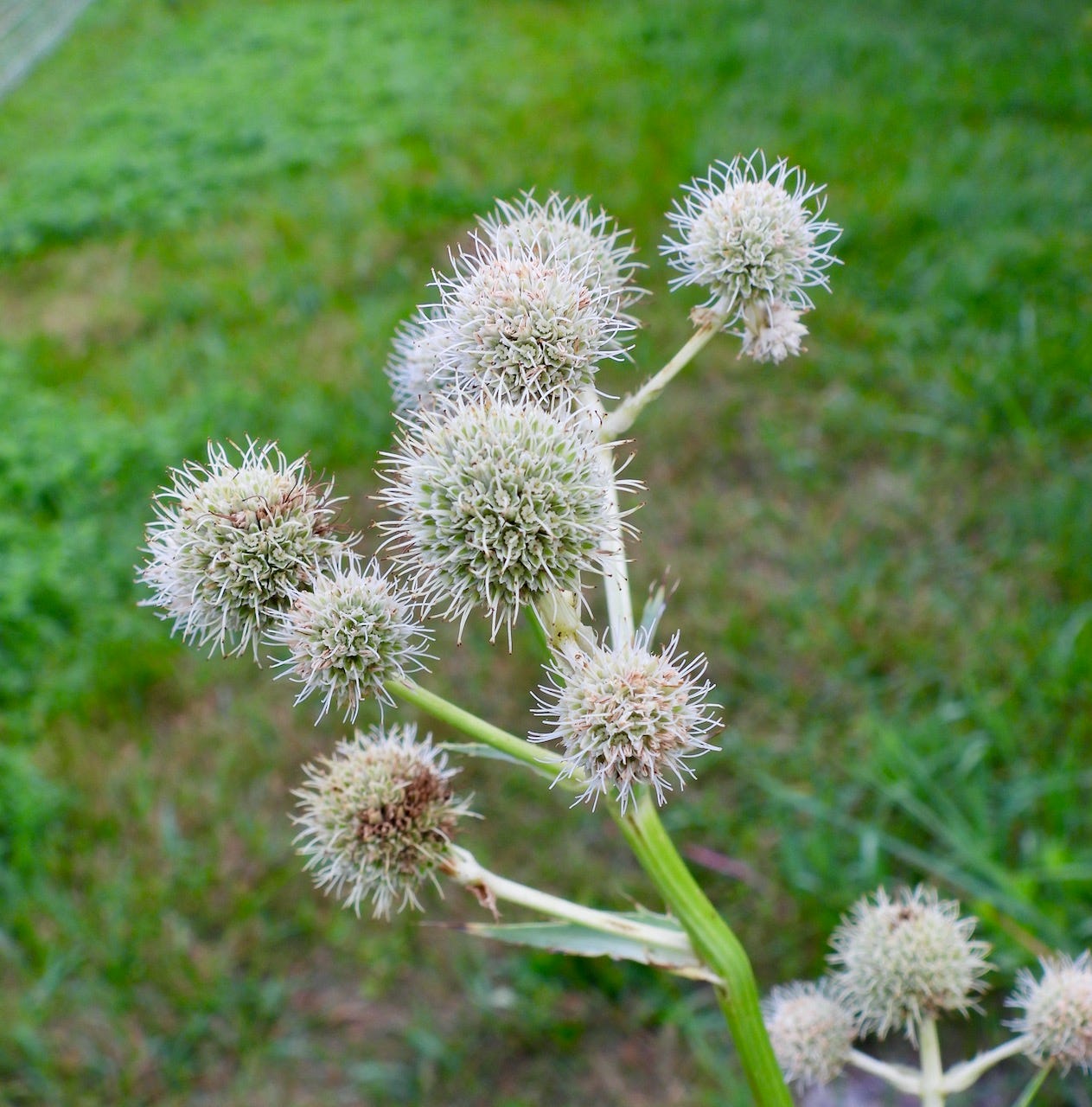
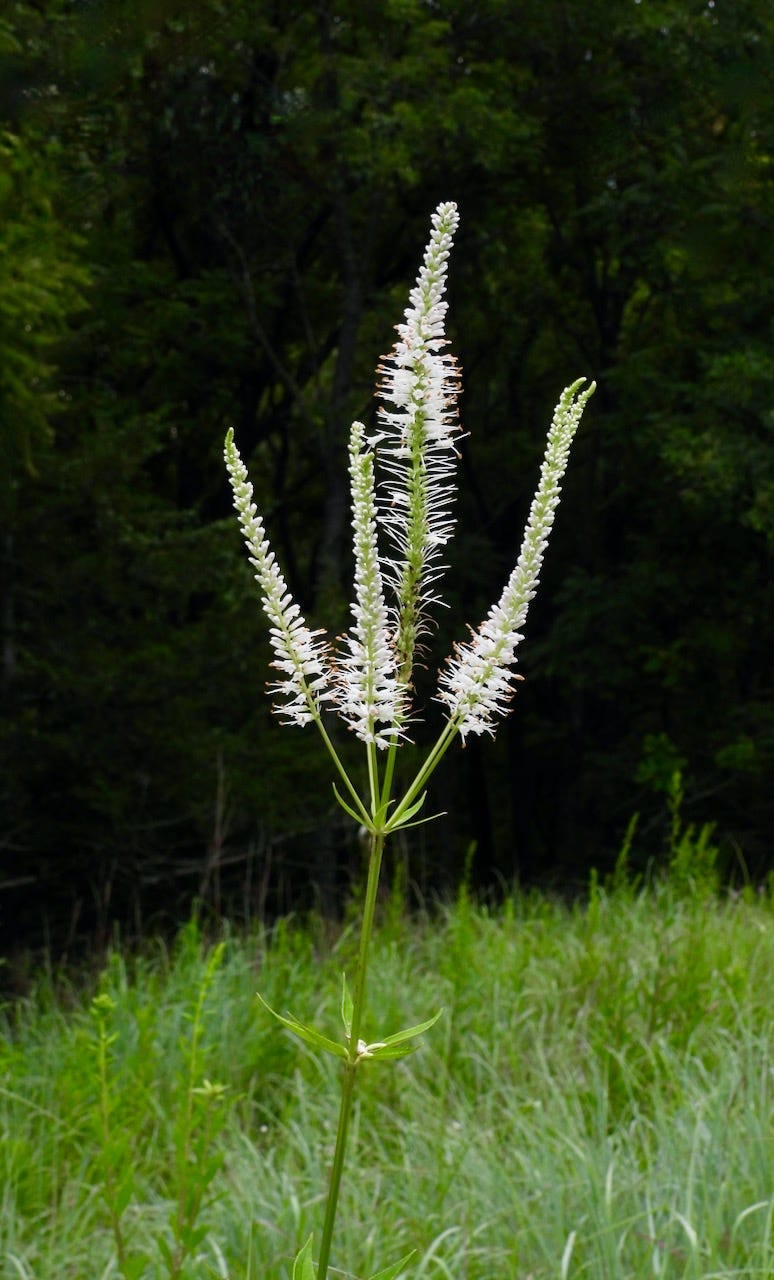

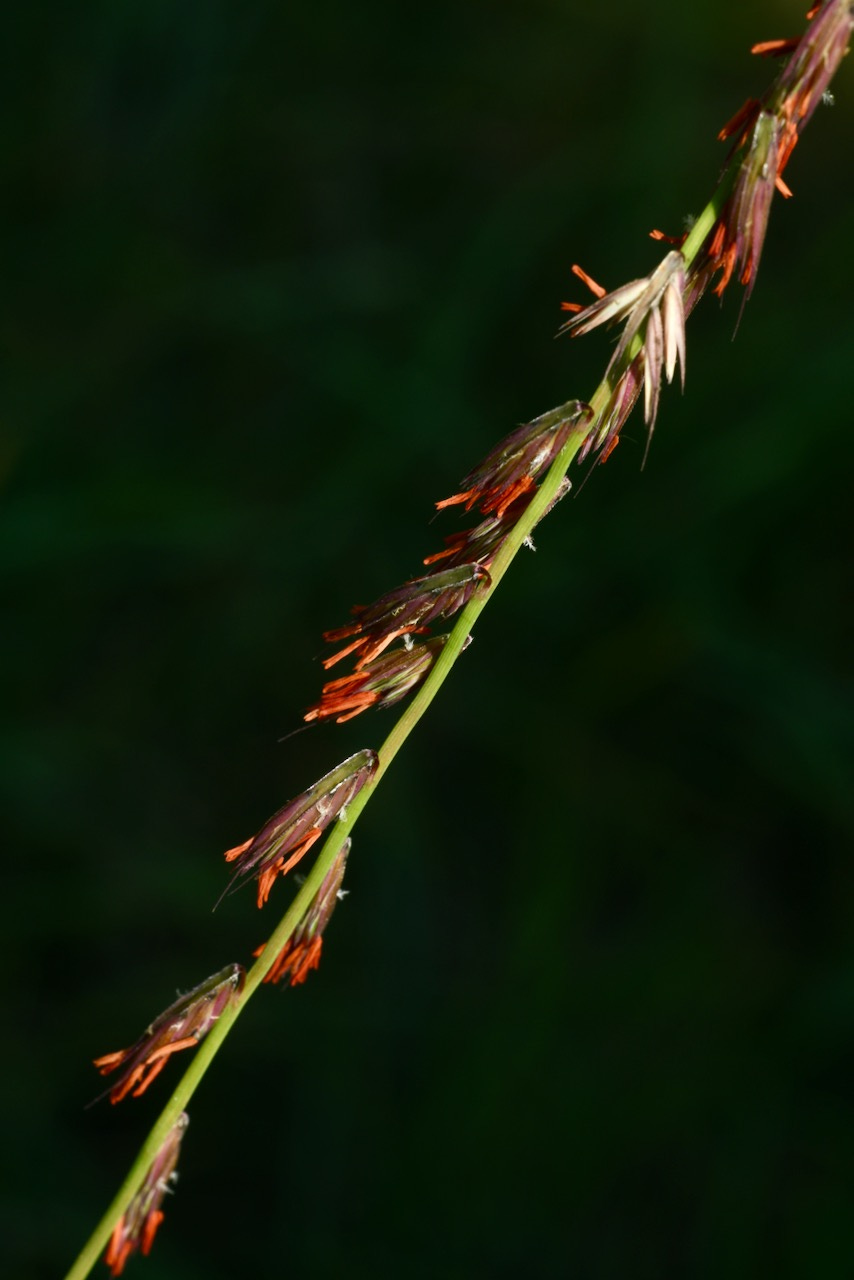

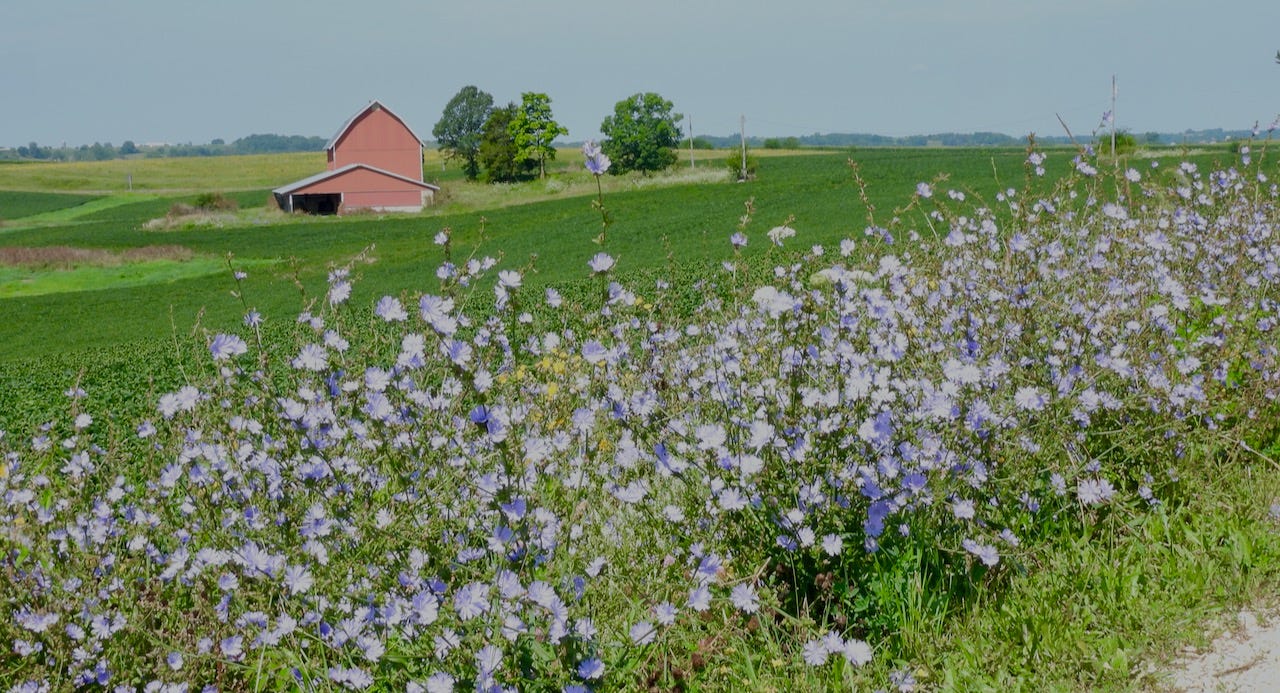
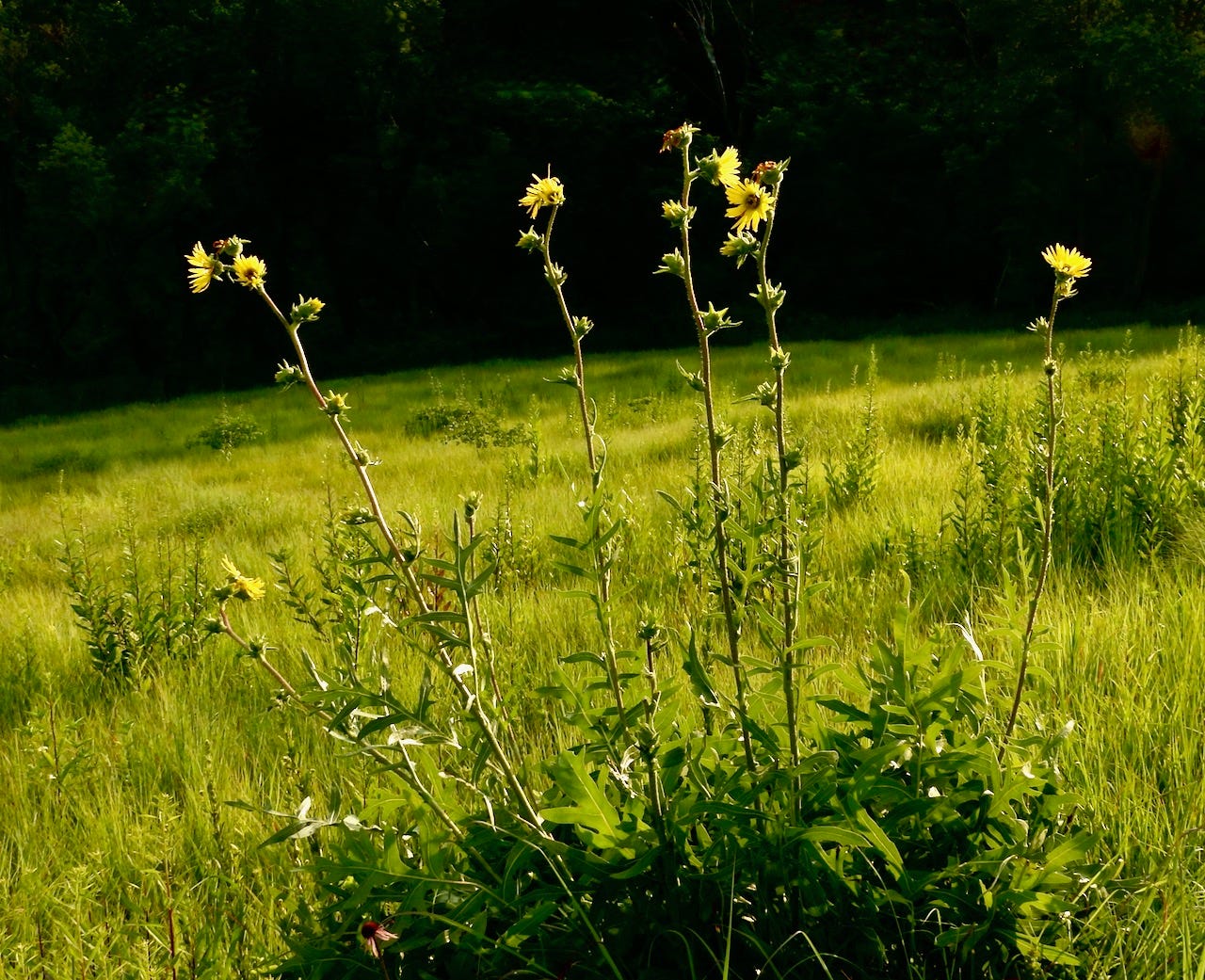
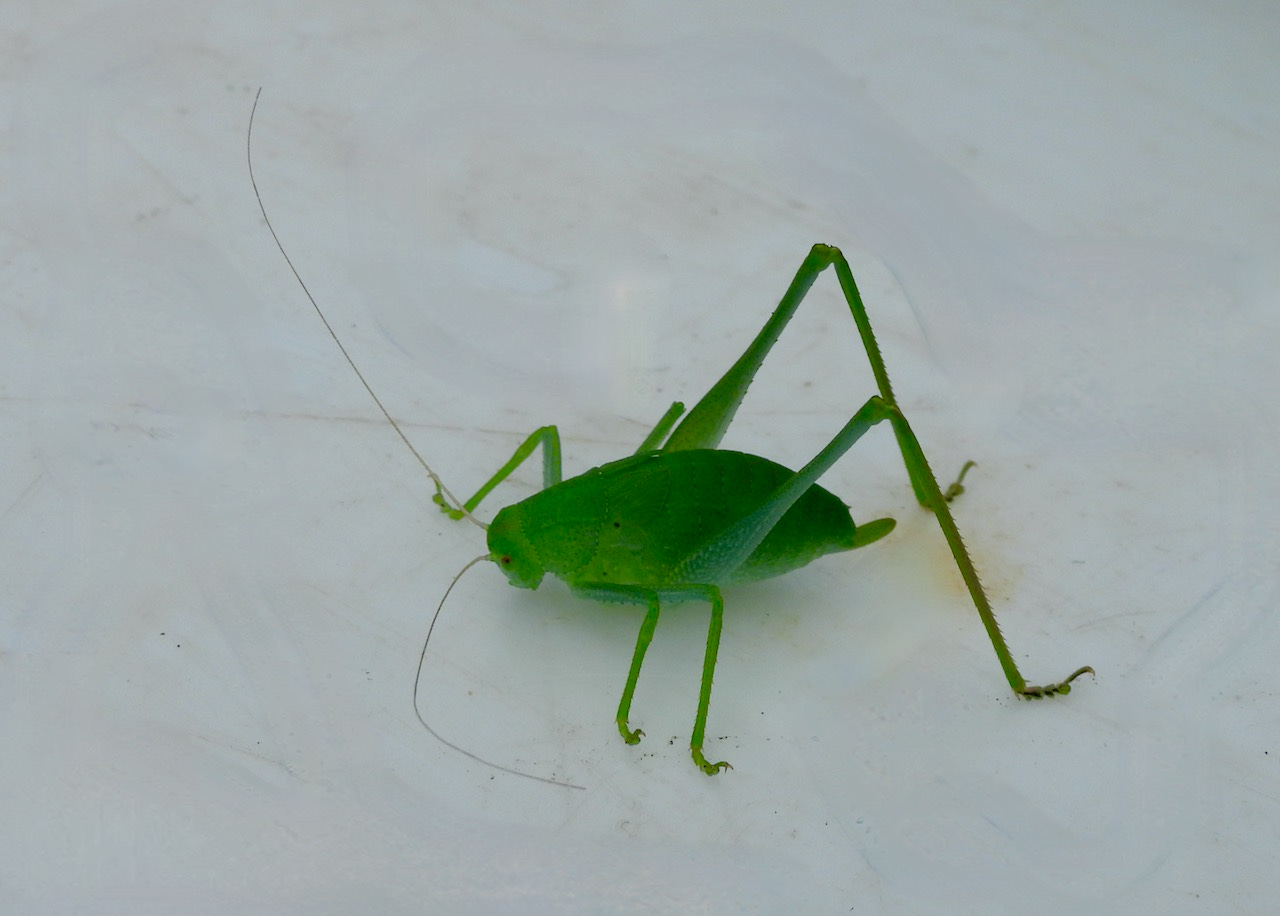
Marvelous photos and words. Neva says hi.
The pictures are stunning ---who knows all the beauty hidden in the prairies and woodlands. Thank you!